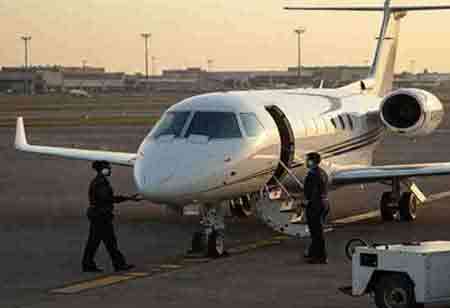MRO organisations play a vital role in servicing and maintaining aircraft engines, supporting the expanding aircraft engine market by ensuring safety, reliability, and efficiency in aviation operations.
FREMONT, CA: The mutual relationship between maintenance, repair and overhaul (MRO) organisations and the expanding aircraft engine market is the foundation of the aviation industry’s success. As technological advancements drive the aerospace sector forward, the critical role played by MRO organisations becomes extremely evident. These organisations are important in ensuring the safety, reliability and efficiency of aircraft engines, which will further enhance the industry’s growth.
The aircraft engine market is expected to grow significantly in the next few years, from $37.21 billion to $46.32 billion by 2027, primarily due to the CFM and IAE engine segments, which are predicted to grow at the fastest rates. It is also possible to predict a rise in demand for MRO shop visits due to the expanding market and the need for greater maintenance on older engines. As a result, there will be a greater need for premium engine stands for these particular aircraft engine types.
Studies indicate that before the pandemic, CFM56 shop-visit slots were among the most coveted in the engine overhaul market. Now that the engine stand market is expanding gradually, there is expected to be an even greater demand for engine maintenance and repair (MRO). However, the surge in demand brings drawbacks including extended maintenance wait times, prolonged AOG durations, increased expenses, a shortage of skilled workers, and difficulty sourcing essential engine components and quality maintenance tools.
A global provider of aircraft engine stands and tool leasing services, efficiency and cost optimisation are critical factors in the field of aircraft engine maintenance. Meticulous preparation by MRO organisations, including the provision of suitable engine supports for diverse engine types, underscores the critical importance of strategic readiness in ensuring timely and uninterrupted maintenance services in the aerospace sector.
For MRO service providers, there are several benefits of using a type-accurate engine stand, such as increased safety and efficiency, quicker turnaround times, and cost savings. It is essential to handle aircraft engines with the utmost care and attention as they are some of the most expensive aircraft parts. MRO firms can guarantee that their clients receive the best maintenance by putting the safety of assets and the health of the maintenance personnel first, all while offering prompt and effective services.
Despite potential shifts in aviation industry trends, it is improbable that the demand for aircraft engine maintenance will diminish. This offers MRO companies a great chance to start planning for the inescapable expansion of the market and guarantee the long-term viability of their operations. MRO providers can position themselves to satisfy client expectations and sustain a competitive edge in the market by being proactive in addressing the issues brought on by growing demand.
As the demand for air travel grows and technology evolves, the role of MRO entities becomes increasingly pivotal in ensuring the longevity and reliability of aircraft engines. This partnership is not merely transactional; it represents a commitment to safety, innovation, and operational excellence. MRO organisations, with their expertise and adaptability, will continue to play a crucial role in supporting the expanding aircraft engine market, ultimately contributing to the overall success and sustainability of the dynamic aviation landscape.









